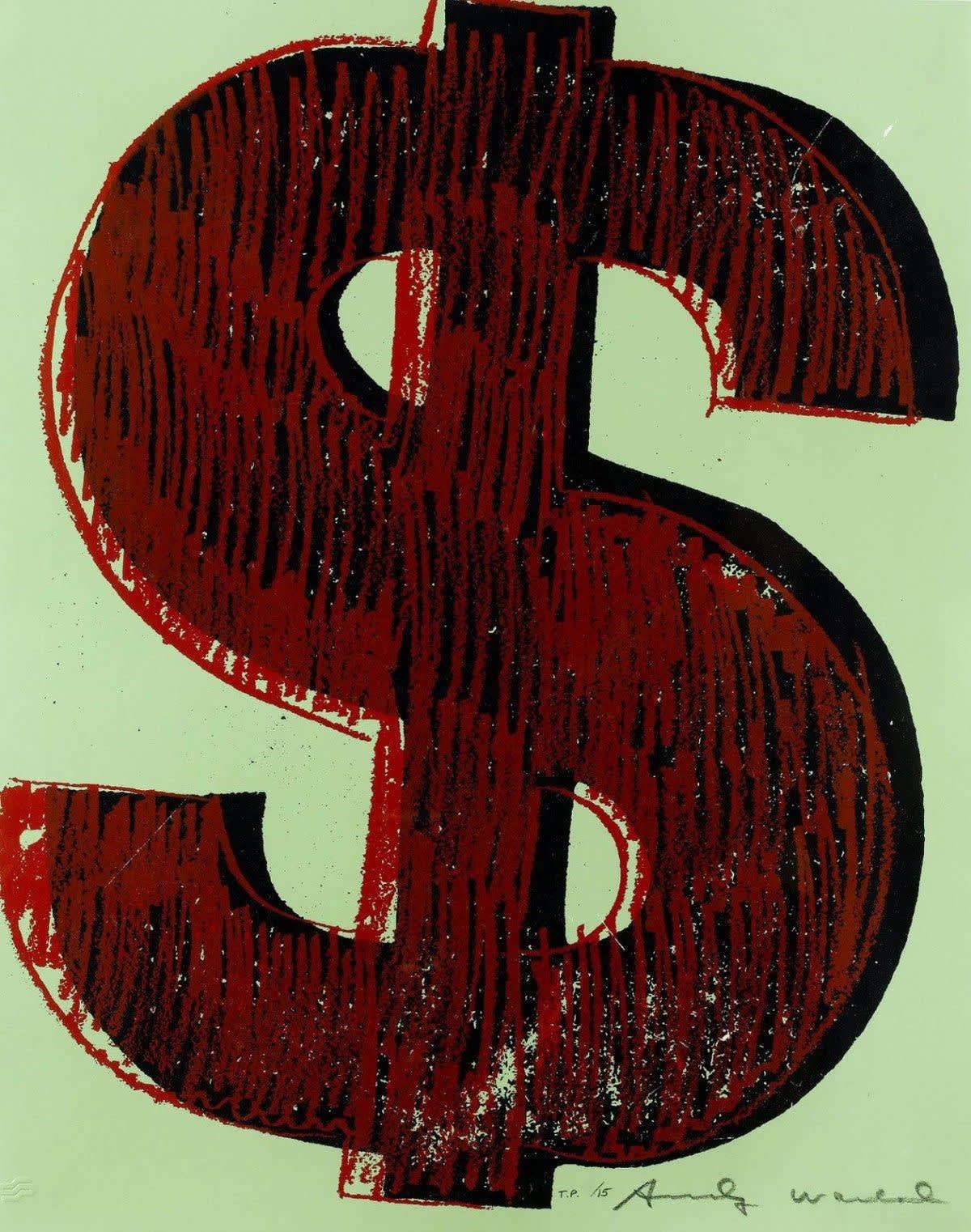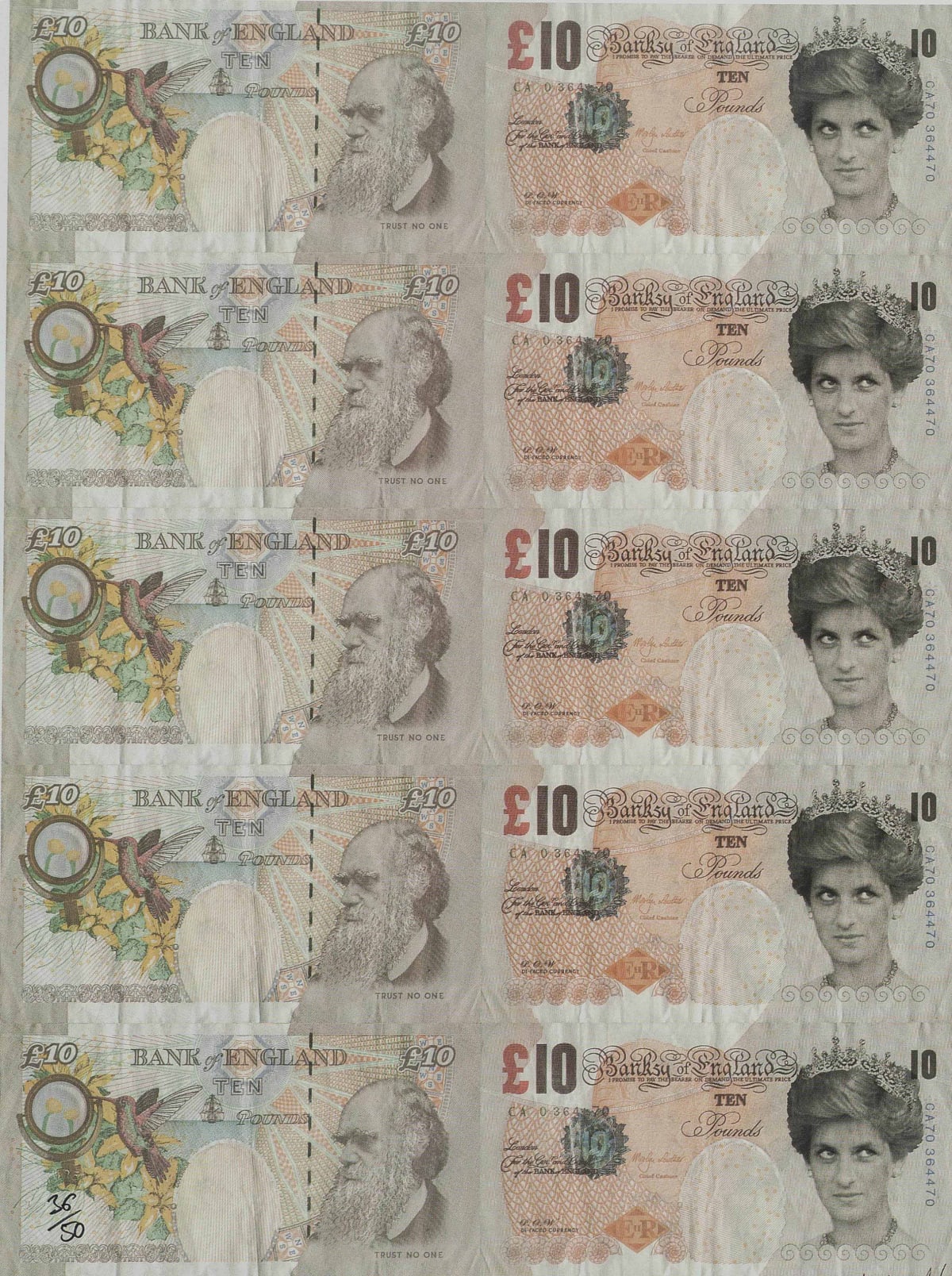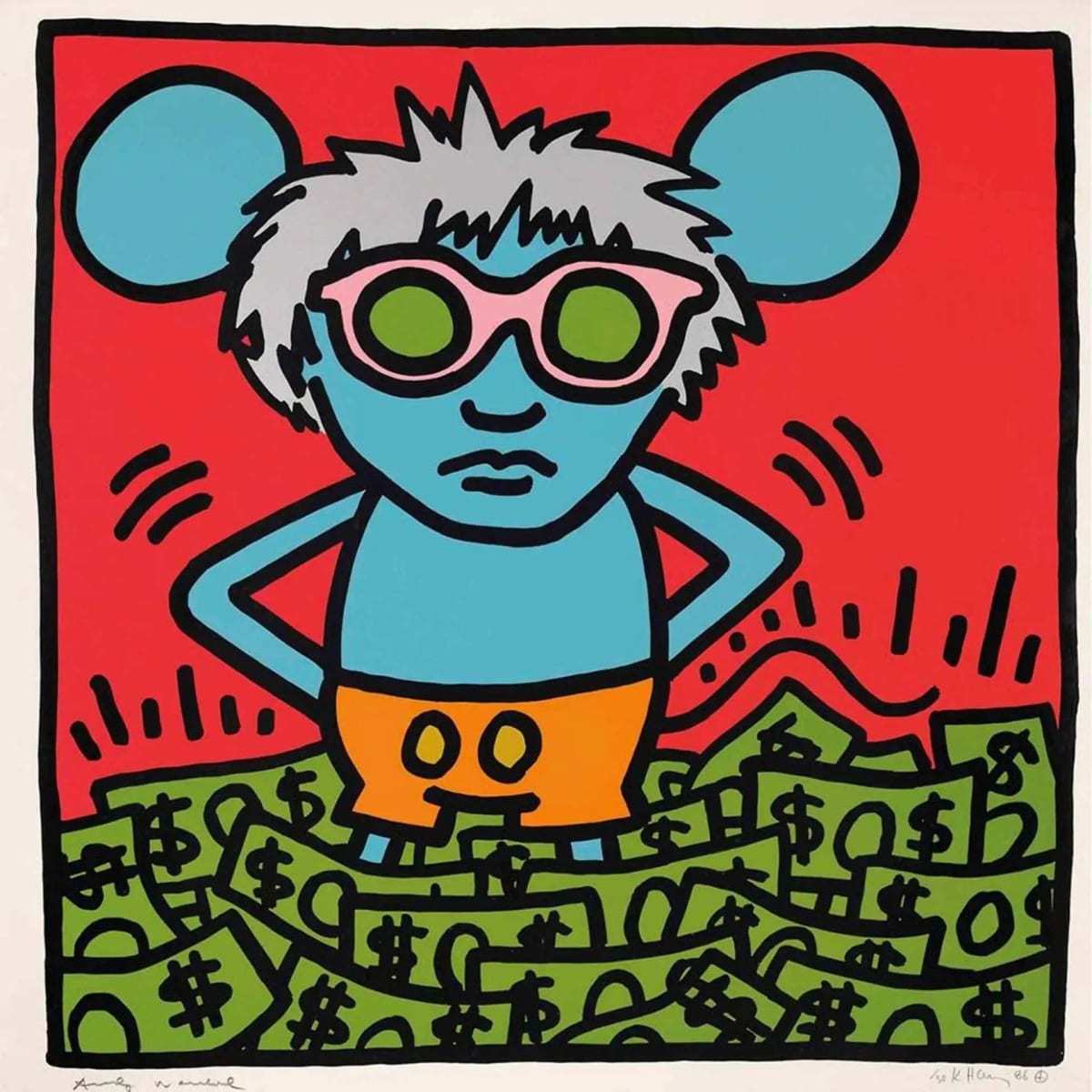
Andy Warhol's relationship with money and his career is a complex and often debated aspect of his life and work. Some people perceive Warhol as being obsessed with money, while others see his approach to finances as pragmatic and a reflection of his understanding of the commercial aspects of art.
Andy Warhol: Consumer culture and the commercialisation
Warhol is known for embracing consumer culture and the commercialisation of art. He famously said, "Making money is art, and working is art, and good business is the best art." He recognised the importance of commerce in the art world and used his art as a means of commenting on consumerism and capitalism. Warhol was a shrewd businessman and understood the value of his own image and brand. He established "The Factory," a studio where he produced his art and collaborated with other artists. He also ventured into various business endeavours, such as producing films and managing the band The Velvet Underground. His art often celebrated and critiqued celebrity culture, including figures from the worlds of entertainment, fashion, and politics. This fascination with celebrity and fame can be seen as a reflection of the allure and power of money and success in American society. While Warhol's work often dealt with materialism and the allure of consumer goods, it also offered a critique of these aspects of society. His famous Campbell's Soup Can works, for example, can be seen as a commentary on the repetition and sameness of consumer products.

Explore Andy Warhol signed prints for sale.
Bansky : "Shop Till You Drop"
Banksy’s politically charged artworks comment on various aspects of society, including consumerism and money. He presents these concepts and themes in his artworks in several ways. Banksy frequently uses satirical imagery to critique consumerism and materialism. For example, his artwork "Shop Till You Drop" depicts a woman with a shopping cart filled with items, but instead of her face, there is a barcode. This image highlights the dehumanising effect of consumerism, where individuals are reduced to mere consumers.
"Di-Faced Tenner."
In 2004, Banksy introduced the initial version of his artwork known as "Di-Faced Tenner." This piece consisted of a single sheet featuring five counterfeit £10 banknotes, showcasing both sides of the notes. Banksy released these notes in two editions: one signed and another unsigned, with each edition comprising 50 copies. Additionally, a limited run of 32 artist proofs was issued, all in a single-tone colour. The relatively small edition size of this artwork has sustained a high demand among collectors up to the present day.
The title of the artwork, 'Di-Faced,' cleverly plays on the word 'defaced,' creating a counterfeit and satirical parody of the traditional £10 note. Instead of featuring Queen Elizabeth II's portrait, Banksy replaces it with an image of the late Princess Diana. Furthermore, the text on the note is altered to read 'Banksy of England' instead of 'Bank of England.' Beneath this alteration, an inscription adds a poignant touch, stating, 'I promise to pay the bearer on demand the ultimate price,' alluding to the tragic fate of Princess Diana. In terms of quality and production, the note is printed using inks and paper that closely resemble those used in official UK-issued currency.

Discover Banksy signed prints for sale or contact Andipa Editions to buy Banksy unsigned prints.
Haring: the commodification of art
Keith Haring and his socially engaged art explored themes related to consumerism and money in his artworks across his working life.
Haring frequently incorporated popular culture symbols and icons, such as the "radiant baby" and dancing figures, into his art. These images often served as a commentary on the commodification of art and how consumer culture transforms individuals into consumers of mass-produced goods and images.
His art occasionally featured references to consumer products and advertising, reflecting the pervasive influence of consumerism in contemporary society. He used logos and symbols from brands like Lucky Strike to critique the overwhelming presence of these corporations in everyday life.
Haring's use of public spaces and his commitment to creating art that was accessible to a broad audience challenged traditional art market structures. By creating public murals, he subverted the exclusivity often associated with art galleries and museums, emphasising art as a communal experience rather than a commodity.
Keith Haring portrayed consumerism and money in his artworks by critiquing the commodification of art, referencing consumer products and advertising, challenging traditional art market structures, and addressing social and political issues connected to economic disparities. His art served as a platform for both artistic expression and social activism, using its accessibility and visual language to engage viewers in discussions about the role of money and consumerism in contemporary society.

Buy Keith Haring Andy Mouse portfolio
